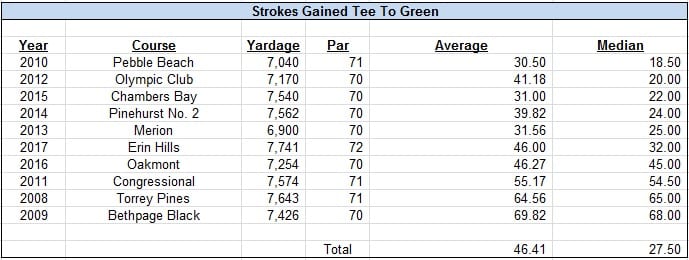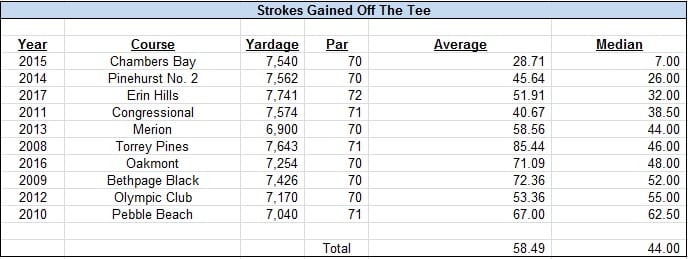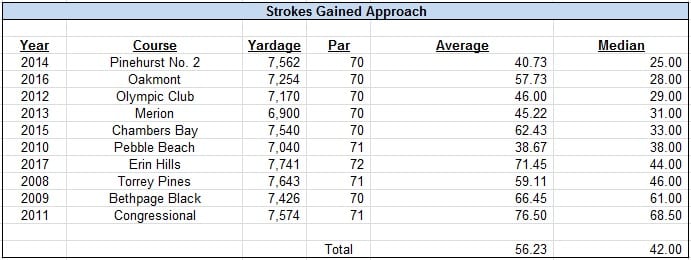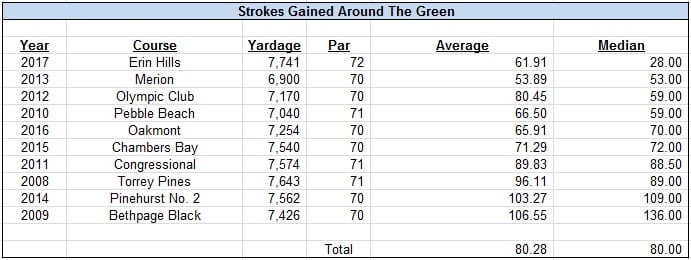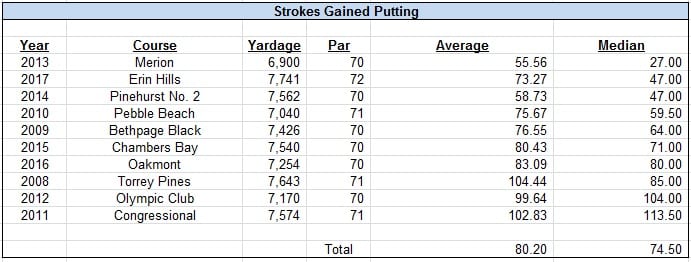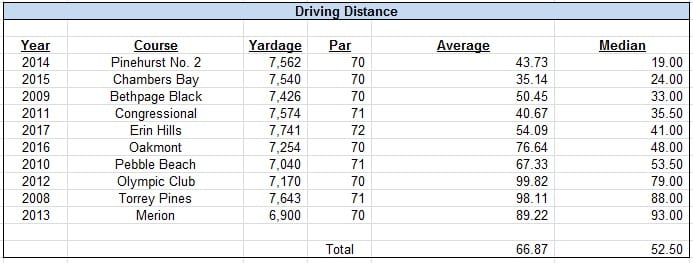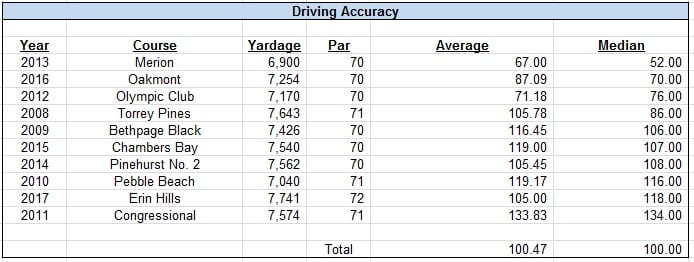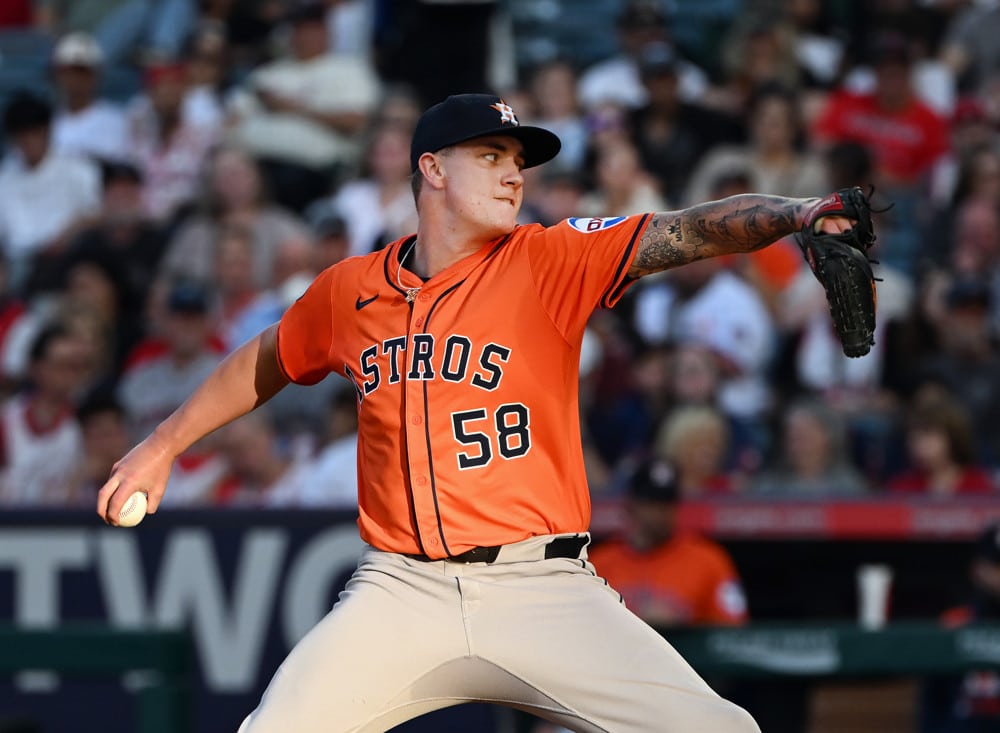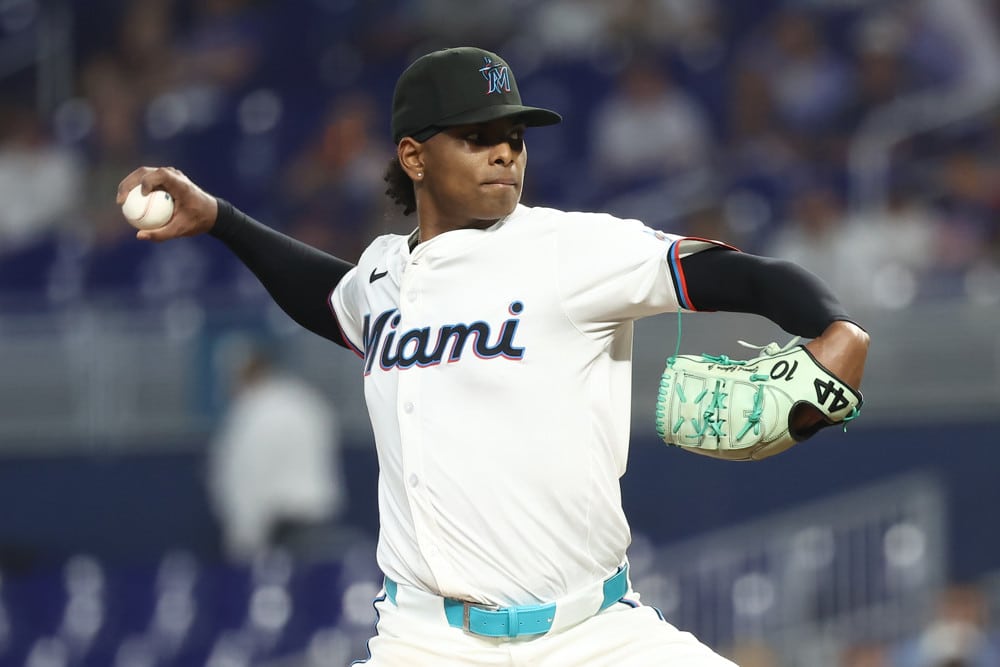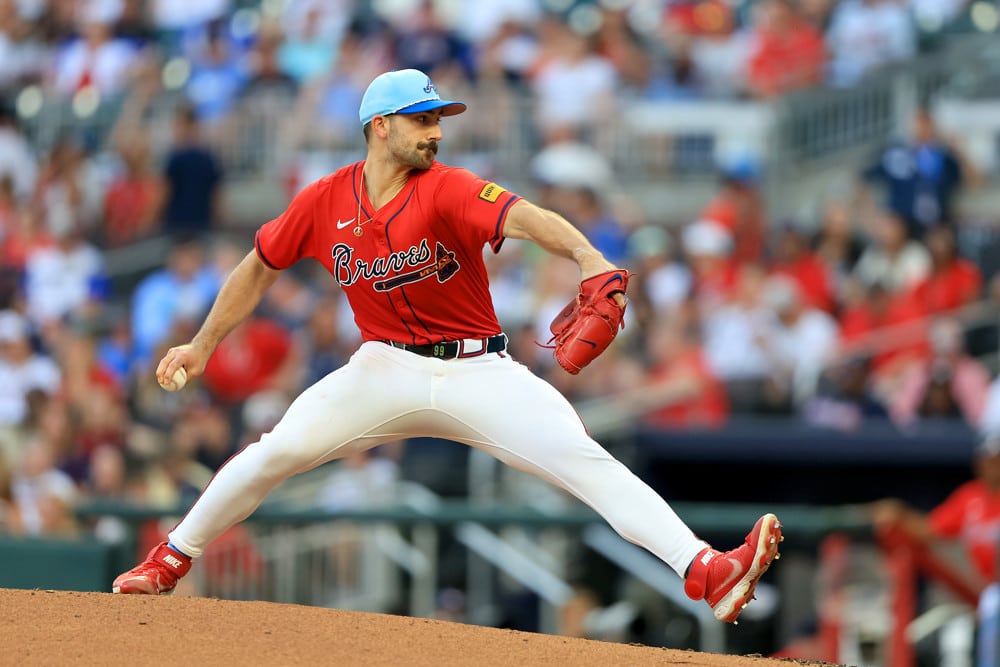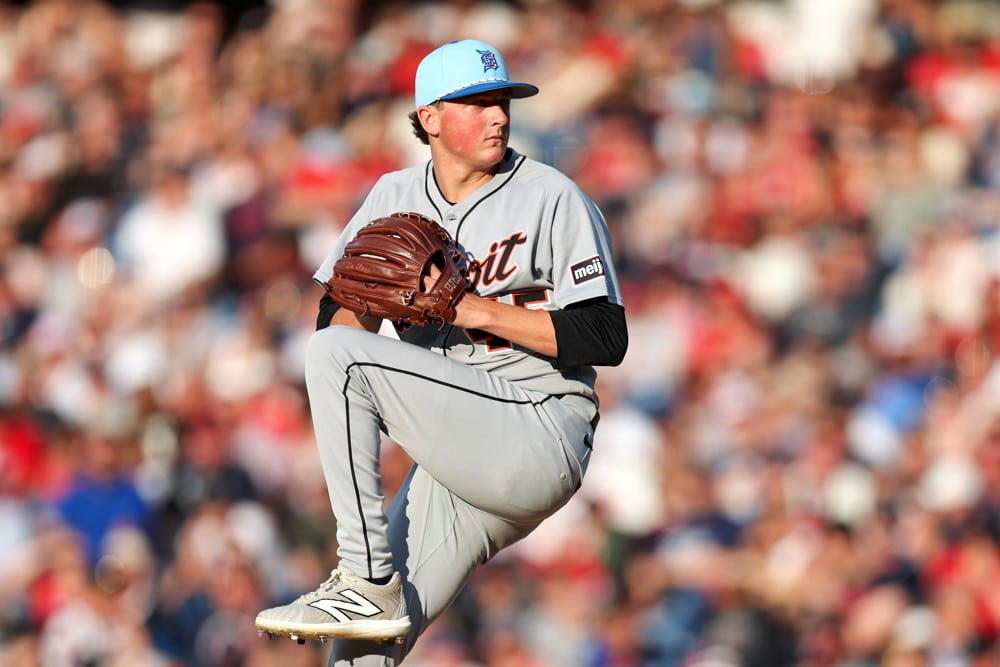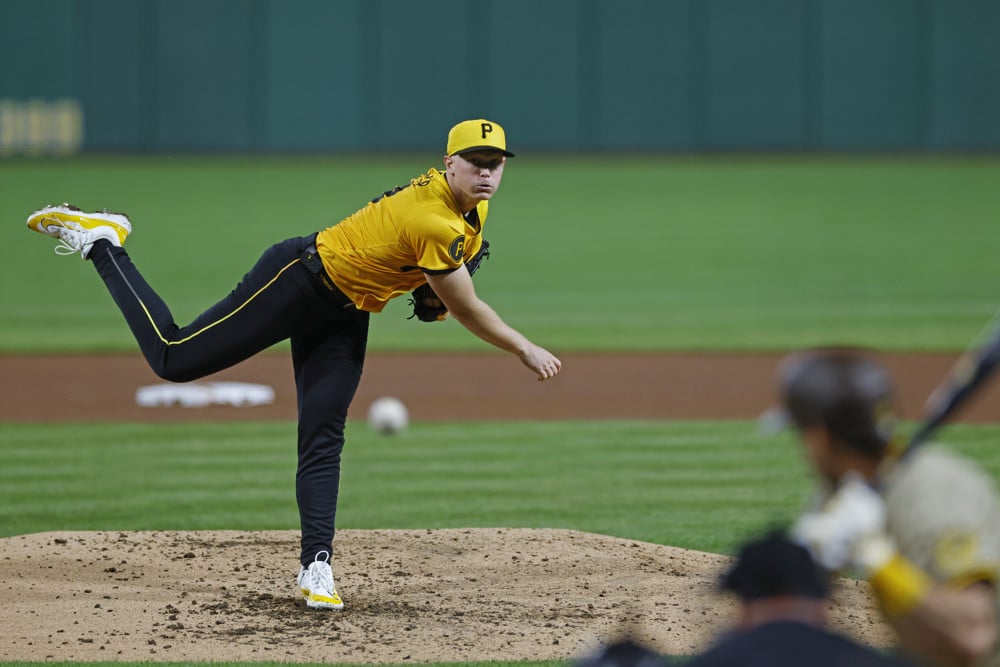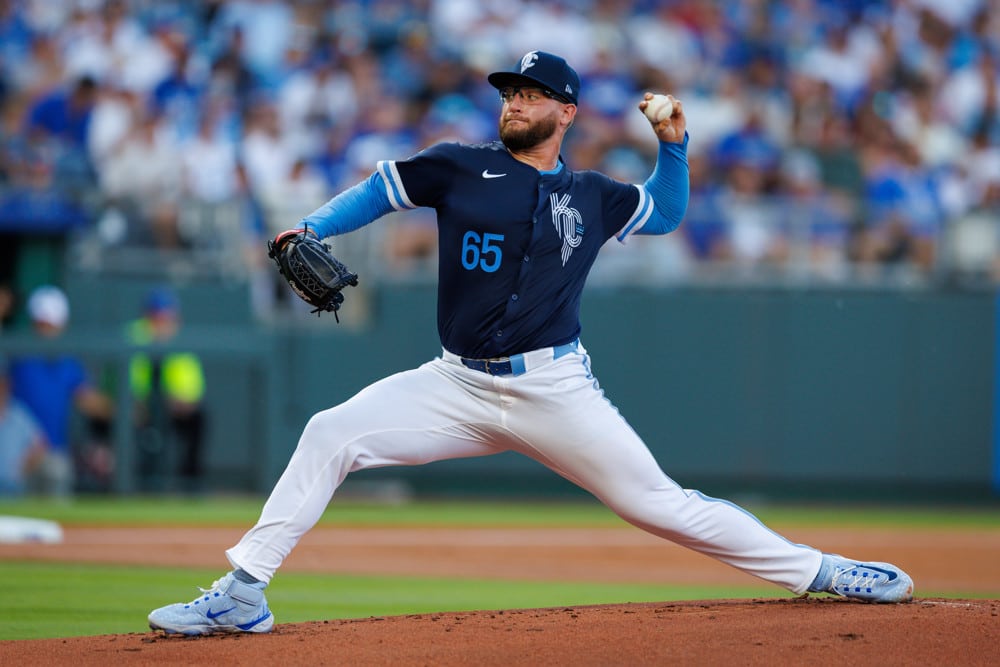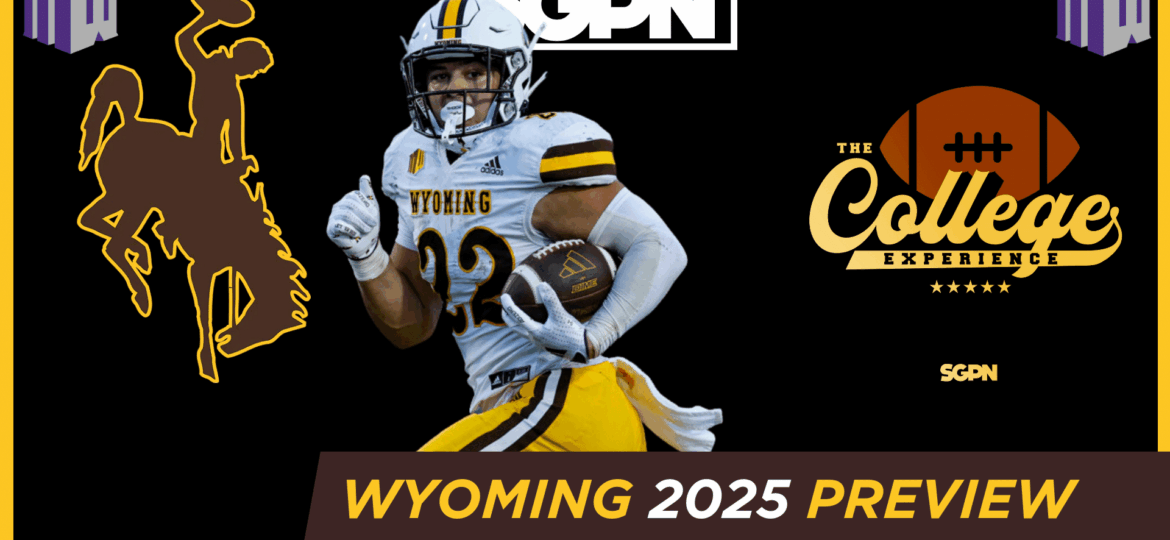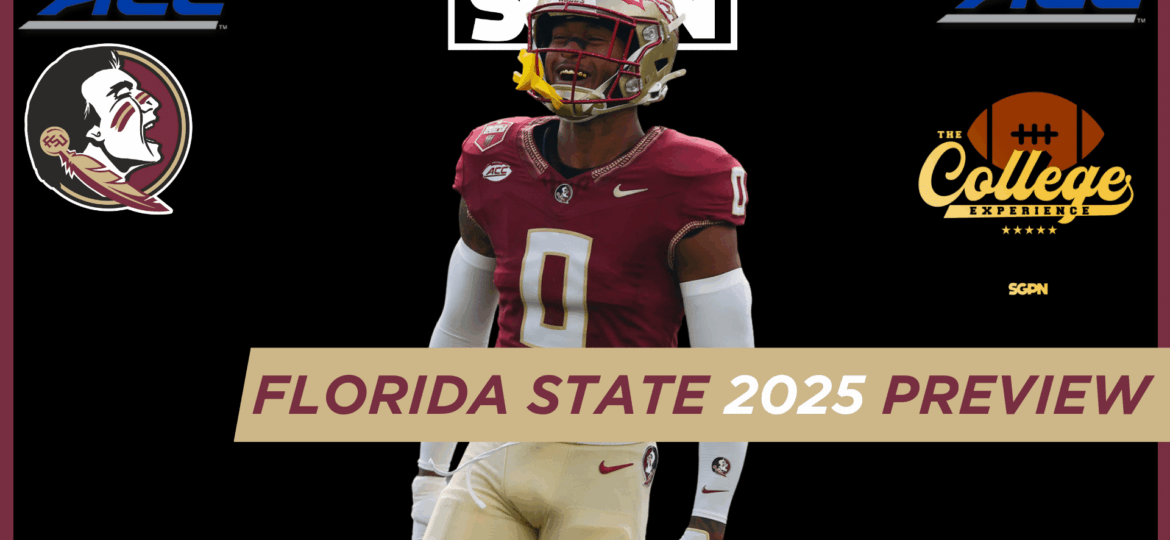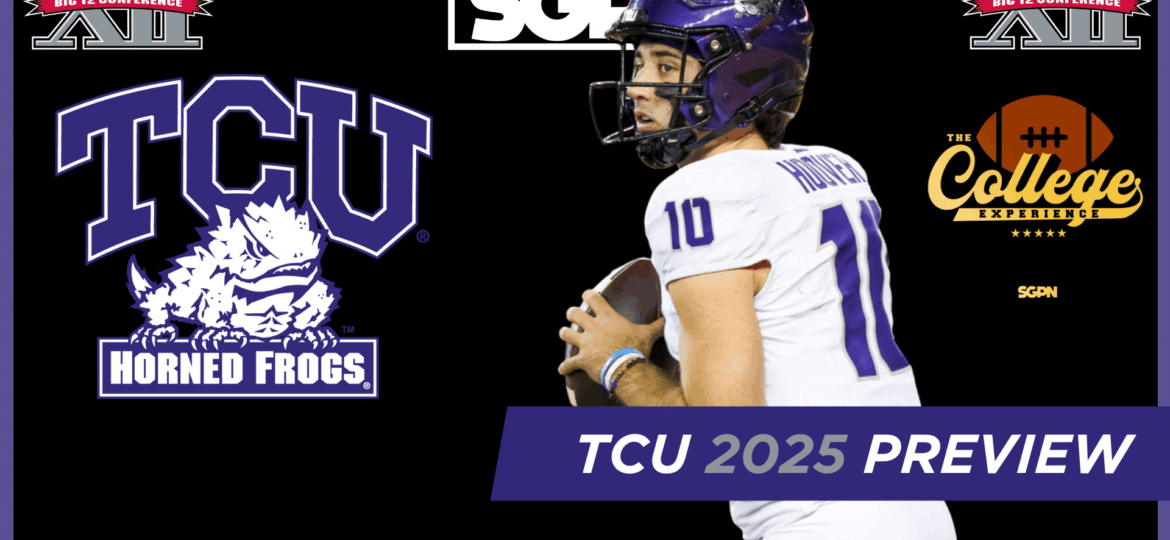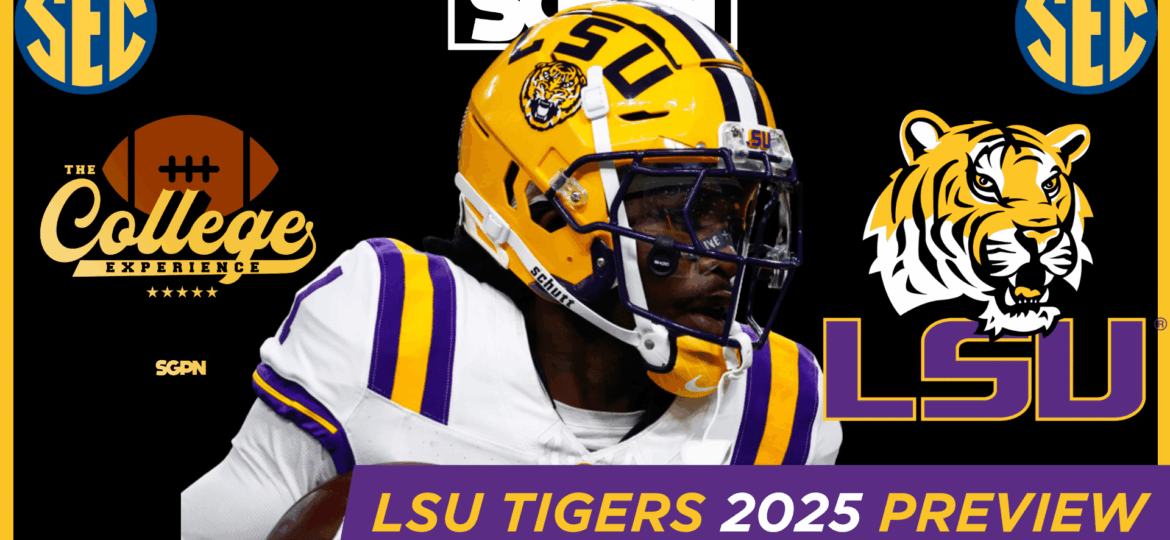Webb Simpson ran away with it by Friday, and after a hotly contested battle for 2nd place at The Players Championship (with a cameo by Eldrick!) the tour shifts gears as it heads to Mars to play the AT&T Byron Nelson.
Oh, you think I’m joking? Literally, the tournament is being played on Mars. The AT&T Byron Nelson heads to a new venue at Trinity Forest Golf Club and is completely different than the typical course they play every week. It’s a modern golf architect’s nirvana. Wide, undulating fairways where angles to the green is king, a minimalist design that plays best when fast and firm, and beautiful, complex greens to challenge (or fluster) the world’s best. Golf geeks like myself are very excited to see how it looks and plays on television, but there are very little clues on what the leaderboard will look like.
Will it be a favorite of the players? TBD. In an effort to try and stave off complaints and turn the event into another Chambers Bay debacle, the PGA Tour reportedly has begun to water down the course to try and slow down the track. And with temperatures in the 90’s and no trees to offer protection, we could see some pretty baked out golfers and patrons limping to the finish line come Sunday.
This event almost never boasts a strong field, and between a new venue and its placement a week after the Players Championship, the field is the weakest for a non-opposite tournament we’ve seen in 2018. Even the much maligned, sparsely talented Valero Texas Open offered more OWGR points to the winner than the Byron Nelson will. After the likes of Jordan Spieth, Sergio Garcia and Matt Kuchar, there’s just not a lot of star power in Dallas this weekend.
If you want to read a picks column why you should really like Jordan Spieth, or why the course sets up well for Australians, or why you should keep your eye on a not-so-sleeper in Beau Hossler, or read about obscure angles like how some no-name’s uncles’s cousin’s girlfriend’s mechanic’s brother once played there and shared local knowledge with the golfer, may I suggest literally everyone else’s picks column this week.
Instead, with the USGA starting to leak clues on how Shinnecock Hills will play it’s time to take another look at forecasting the U.S. Open, which tees off a month from now. Three weeks ago we took a look at some golfers whose futures odds you should monitor and predict when the right time to bet them to maximize value. This week, though, we’ll try and shape what a legitimate contender at the U.S. Open looks like.
This is a much difficult question to tackle as opposed to The Masters or another run-of-the-mill PGA Tour event. In preparing for those events you have years and years of data and trends at your disposal thanks to the most valuable constant of all – the tournament is always played at the same place. But the other three majors are played at new venues every year, meaning that things you saw last year won’t necessarily translate to the next when you try and predict who will fare well.
But is it truly different year over year, or are there trends that can reveal what type of golfer is built to excel at a U.S. Open venue? For this analysis, I took the Top 10’s of each U.S. Open going back to 2008 and identified where they ranked in the various strokes gained statistics by the end of the year. Unfortunately, actual strokes gained statistics leading up to the event aren’t kept (at least according to my Google deep dives), and neither are strokes gained statistics for the event itself. While it’s possible a golfer had a hot or cold summer to inflate/deflate their stats by the end of the year, this method is the best measurement we have at our disposal and is a method I use annually to forecast the tournament.
The analysis also excludes anyone who either isn’t a PGA Tour member or didn’t make enough starts to qualify for the season ending ranks. That means, occasionally, the performances of golfers like Rory McIlroy, Lee Westwood, Tiger Woods or other lesser known European Tour players aren’t included. However, with ten years of data and almost 100 golfers analyzed, their exclusion from the analysis doesn’t move the needle too much one way or the other.
Let’s first start with arguably the most important metric (and the one I use most often when handicapping a tournament) Strokes Gained Tee To Green:
Of all the strokes gained statistics, Top 10 golfers in the U.S. Open consistently rank highly in this category by the end of the year. This fits with the overall mission of how the USGA likes to set up a course. Their goal is to put “par” on a pedestal and try and ensure the most complete golfer that weekend, ideally, will win the tournament. All areas of a course are ramped up – stretched holes to maximize the yardage on the scorecard, strategically placed hazards to challenge tee and approach shots, or deep rough to penalize anyone who hits a shot off line. The USGA is often up to their usual tricks to try and fluster the golfers.
It’s no surprise that golfers who annually rank well in Strokes Gained Tee to Green tend to populate the top of the leaderboard. Whether it be shorter, classic venues like Merion, Pebble Beach and the Olympic Club, or more minimalist and modern courses like Erin Hills and Chambers Bay, the most efficient golfers tee to green fare better at U.S. Open setups than those who aren’t. Sure there are exceptions, but generally the cream rises to the top. A bettor can generally eliminate about 2/3 of the field right from the get go, as well as use this metric to identify undervalued or overvalued golfers for props and matchup plays.
But relying on this statistic alone doesn’t truly do the trick. Bettors will also have to identify the importance in all areas from the tee to the bottom of the cup:
For the most part, golfers who have strong driving and approach statistics on the PGA Tour tend to populate the top of the leaderboard more often than those whose strength is the short game. Over the last 10 years the average Top 10 finisher was ~60th in Strokes Gained Off The Tee and on Approach, and only ~80th in Strokes Gained Around The Green and Putting. This is also reflective in median rankings of low to mid 40’s on the former statistics versus mid to high 70’s on the latter.
There is also some trends revealed in these four categories based on the type of course that’s played:
- Strokes Gained Off The Tee – Generally this statistic is more favored at longer courses. Five of the first six U.S. Opens on the list had the lowest median rankings at venues 7,500 yards and longer. The only short course to break through on this list was Merion, and that was partially due to the ridiculously penal rough the USGA allowed to protect the short yardage on the scorecard.
- Strokes Gained On Approach – Typically those who rank highly in this category fare better than the field on classic U.S. Open setups. Even though the course was restored to the original minimalist Donald Ross design (which is now a more modern preference), the greens remained relatively small and harder to hit from the fairway or waste areas. That’s consistent with other classic designs like Merion, the Olympic Club and Oakmont, who are also at the top of this list. Courses like Erin Hills, Chambers Bay and Torrey Pines (with the mid-2000’s redesign) have larger green complexes that make it more forgiving to get on the green in two, which leveled the playing field slightly.
- Strokes Gained Around The Green -The Top 10 at Erin Hills featured several golfers who ranked highly in scrambling statistics at the end of the season, but it seems to be a bit of an outlier when looking at the next highest on the list. Those feature the shortest venues the U.S. Open has competed at over the last 10 years. These courses brought in shorter hitters towards the top of the leaderboard, and typically those type of golfers make up for their shortcomings off the tee by gaining strokes on the field around the green. These courses also featured deep rough around the green, which upped the difficulty to get up and down for par.
- Strokes Gained Putting – U.S. Opens with greens that ran slower on the stimpmeter (11-12.5) typically bring golfers who are better putters into contention. Merion, Erin Hills and Pinehurst No. 2 all ran a bit slower, and as such these courses saw the lowest median ranking in this category for Top 10 golfers. Courses with tougher, faster greens like Oakmont and Olympic Club leveled the playing field even for the best putters, and the greens at Chambers Bay were in such bad shape (shame on you USGA for ruining that course) that putting on them was basically a crapshoot.
Lastly, Strokes Gained Off The Tee was an important metric identified at most U.S. Open venues. But is it more important to be long or accurate?
Overwhelmingly, longer hitters off the tee populate the top of recent U.S. Open leaderboards more often than shorter hitters. Both the average and median year end ranking for those in the Top 10 are significantly higher for driving distance than accuracy. This isn’t exactly groundbreaking data – U.S. Opens have gravitated towards longer courses due to advancements in technology and those who can keep the ball in play will have easier approach shots with shorter irons than longer clubs. When events are held at smaller, classic tracks that feature penal rough off the fairways, that’s when shorter and more accurate hitters stand a better chance of a higher performance when the weekend comes to a close.
Now that we’ve been able to identify some trends both overall for the U.S. Open and based on course type, we can now apply it to how we expect Shinnecock Hills to play and project how the top of the leaderboard should look at the end of the tournament:
- Off The Tee – The course has been lengthened from 7,000 yards on the 2004 scorecard to over 7,400 yards on the 2018 scorecard. While it certainly won’t be one of the longest U.S. Opens played, it’ll play longer on some holes due to wind and uphill shots. While the USGA will put out narrower fairways than they were post-renovation, it should still play wider than tighter, classic tracks where Driving Accuracy had a bit more of a premium. Based on recent trends, favor golfers who are longer and fare better in Strokes Gained Off the Tee coming into the event.
- Approach Shots – The greens at Shinnecock are relatively small and with false fronts and undulation it will demand precise iron shots into them. Classic courses like Pinehurst, Oakmont, Merion and Olympic Club all saw Top 10’s littered with golfers who ranked well in Strokes Gained on Approach by seasons end. Therefore, this will also be a vital statistic when handicapping the field.
- Around The Green – The areas around the green will be tightly mowed like that of Chambers Bay and Pinehurst. Several golfers in the Top 10 at those tournaments certainly weren’t short game savants that season. Therefore, when handicapping the field while it may be used as a tiebreaker, scrambling statistics won’t be a point of focus for me.
- Putting – In 2004 the greens at Shinnecock Hills ran ludicrously fast and were borderline unplayable thanks to dry and windy conditions. The weather leading up to the tournament will determine how they’ll play in 2018. Though the USGA will try and stave off another disaster, by cutting down most of the trees on the property it may only exacerbate the problem if the winds kick up once again. U.S. Opens that feature tough, fast greens generally level the playing field and allow weaker putters to climb towards the top of the leaderboard. Putting statistics won’t play much of a factor for me in 2018.
A lot can change between now and the tournament, and the USGA is still giving out little by little how Shinnecock Hills will play. For a point of reference, though, here’s a list of golfers (along with their current futures odds courtesy of mybookie.ag) that rank in the Top 50 in all four stat categories I listed above.



